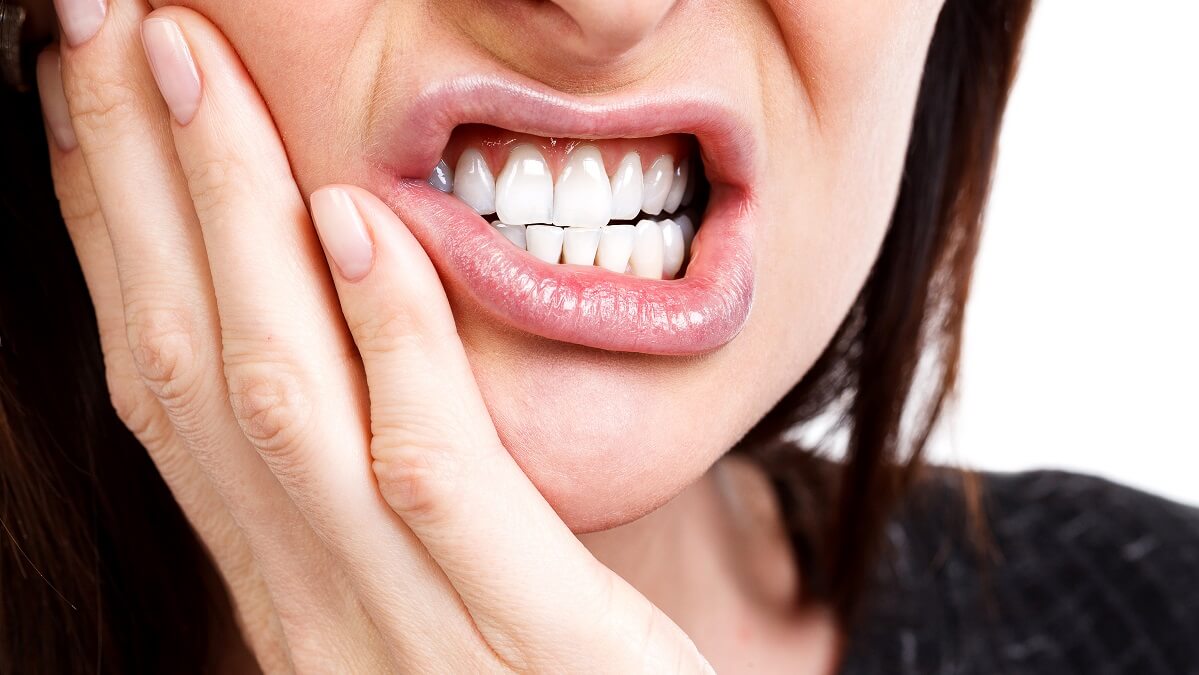Gum disease, formally called periodontal disease, is the leading cause of tooth loss.
The Department of Health estimates that 22.9 per cent of Australians have moderate or severe gum disease. Older people are much more likely to have periodontitis than younger people, but it can develop at any age.
If your gums bleed when you brush your teeth, it’s likely that you have gingivitis or gum disease.
Gum disease can be hereditary
Your genetics can determine how likely you are to develop gum disease. If someone in your family has gum disease, be sure you mention it to your dentist. Even people with impeccable oral hygiene can still develop periodontal disease.
It requires special treatment
Regular visits to your dentist help with general oral hygiene and may help to prevent gum disease, but if you do develop it, you need to seek help from a specialist. Once mild symptoms progress to periodontitis, consult a periodontist, a dentist who has specialised in treating gum disease.
Read: 10 ways you’re brushing your teeth wrong
Gum disease is contagious
There are a number of factors that cause gum disease, including genetic susceptibility, smoking and bacterial infection. It is caused by a specific form of bacteria, which can be contracted from other people through close contact.
It impacts your overall health
Gum disease is an inflammatory response to harmful bacteria. It has been linked to heart disease, diabetes, stroke, Alzheimer’s disease and rheumatoid arthritis. It can also increase your risk of sepsis. If you need a little motivation to brush and floss regularly, look no further.
It’s the leading cause of tooth loss
Advanced stages of gum disease can cause the gums to pull away from the teeth, exposing and damaging supportive tissue and bone. Periodontitis is the number one cause of tooth loss.
Read: What to do about sensitive teeth
Losing teeth can shorten your life
The more teeth a person is missing, the shorter their life expectancy is, research has shown. Seventy-year-olds who have 20 or more of their natural teeth can expect to live considerably longer than those who don’t.
You can regrow bone
If you’ve lost bone to gum disease, you may be able to regenerate parts of it. Traditional methods of treating gum disease require a ‘cut-and-sew’ method, which some patients may shy away from. But LANAP laser treatment requires neither and has been shown to regrow lost gum tissue and bone.
It can be hard to detect
Gum disease is known as a ‘silent’ disease because the early symptoms may be hard to detect. About 60 per cent of people with gum disease don’t know they have it. The disease may have advanced to more serious stages by the time you can see or feel a difference in your teeth or gums.
Read: Pros and cons of teeth whitening
Symptoms of gum disease include:
- Bleeding when brushing or flossing your teeth. It’s not normal to spit blood into the basin when cleaning your teeth.
- Receding gums. You may notice that your teeth look longer.
- Bad breath. Gum disease is a bacterial infection, which can cause a bad smell. While morning breath can be normal, chronic bad breath may be a sign of gum disease.
- Sensitive teeth or feeling pain when you chew your food.
- Red or swollen gums.
Are you concerned about developing gum disease? Do you have any tips to share with other members?
Disclaimer: This article contains general information about health issues and is not advice. For health advice, consult your medical practitioner.

